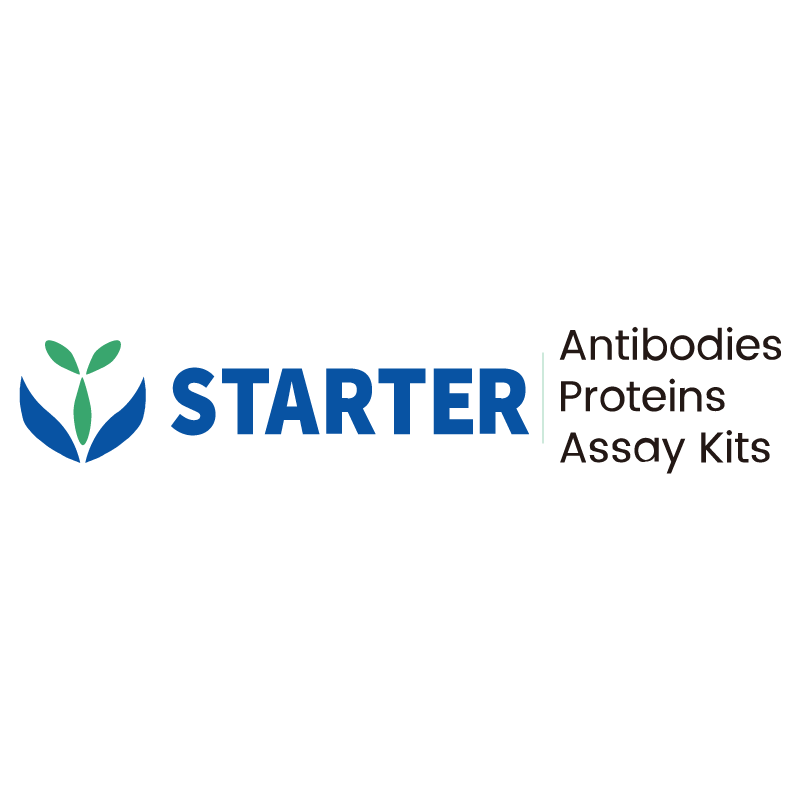Product Details
Product Details
Product Specification
| Host | Syrian Hamster |
| Antigen | CD28 |
| Synonyms | T-cell-specific surface glycoprotein CD28 |
| Location | Cell membrane |
| Accession | P31041 |
| Clone Number | S-R515 |
| Antibody Type | Recombinant mAb |
| Isotype | Syrian Hamster IgG2 |
| Application | in vitro T cell stimulation/activation, in vitro T cell stimulation/activation, in vivo CD28 blockade |
| Reactivity | Ms |
| Purification | Protein G |
| Concentration | 5 mg/ml |
| Conjugation | Unconjugated |
| Physical Appearance | Liquid |
| Storage Buffer | PBS pH7.4, containing no preservative |
| Stability & Storage |
2 to 8 °C for 2 weeks under sterile conditions; -20 °C for 3 months under sterile conditions; -80 °C for 24 months under sterile conditions.
Please avoid repeated freeze-thaw cycles.
|
Background
CD28 is a critical costimulatory receptor expressed on the surface of T cells, particularly on CD4+ and CD8+ T cells, and plays a pivotal role in T cell activation, proliferation, and survival. It is a homodimer of 44kDa subunits, each containing a single immunoglobulin-like extracellular domain, and is part of the Ig superfamily. CD28 interacts with its ligands, CD80 (B7-1) and CD86 (B7-2), which are predominantly found on antigen-presenting cells (APCs) such as dendritic cells, macrophages, and B cells. The engagement of CD28 with these ligands is essential for providing the second signal required for full T cell activation, which complements the antigen-specific signal delivered by the T cell receptor (TCR). CD28 signaling leads to the upregulation of IL-2 and its receptor expression, enhances T cell proliferation, and promotes the production of various cytokines, including IL-4, IL-5, IL-13, IFN-γ, and TNF. It also plays a role in the differentiation of T cells into memory phenotypes and in maintaining immune homeostasis. The absence of CD28 signaling results in reduced T cell survival and impaired antibody responses to T-dependent antigens. CD28 is thus a key regulatory point for successful B cell, macrophage, and cytotoxic T cell responses.


